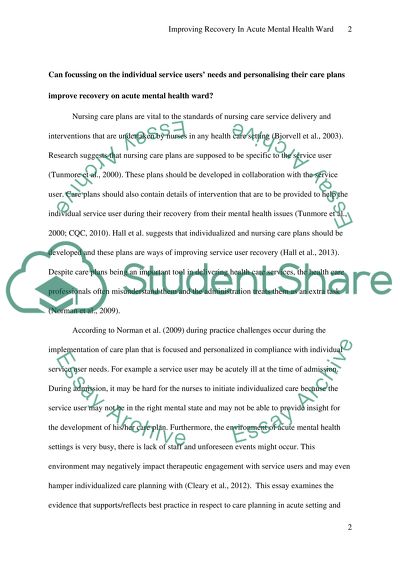Cite this document
(“Care planning Essay Example | Topics and Well Written Essays - 3000 words”, n.d.)
Care planning Essay Example | Topics and Well Written Essays - 3000 words. Retrieved from https://studentshare.org/nursing/1694814-care-planning
Care planning Essay Example | Topics and Well Written Essays - 3000 words. Retrieved from https://studentshare.org/nursing/1694814-care-planning
(Care Planning Essay Example | Topics and Well Written Essays - 3000 Words)
Care Planning Essay Example | Topics and Well Written Essays - 3000 Words. https://studentshare.org/nursing/1694814-care-planning.
Care Planning Essay Example | Topics and Well Written Essays - 3000 Words. https://studentshare.org/nursing/1694814-care-planning.
“Care Planning Essay Example | Topics and Well Written Essays - 3000 Words”, n.d. https://studentshare.org/nursing/1694814-care-planning.


